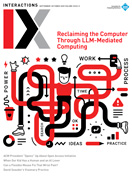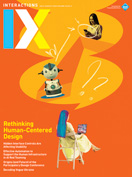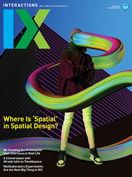Authors:
Oliver Cox
Why are our information systems places where ideas go to die? Why do so few of us, and fewer organizations, gain any level of mastery over our documents, ideas, and data? Insights → Our computers and their software are not currently ideisomorphic: They do not make it natural to express human ideas. → In terms of cybernetics, they are not "good regulators," which is why so much human energy is crushed by computers. → Because of the feedback loop that exists between computers and ideas, the danger is that we will eventually think like machines at the expense…
You must be a member of SIGCHI, a subscriber to ACM's Digital Library, or an interactions subscriber to read the full text of this article.
GET ACCESS
Join ACM SIGCHIIn addition to all of the professional benefits of being a SIGCHI member, members get full access to interactions online content and receive the print version of the magazine bimonthly.
Subscribe to the ACM Digital Library
Get access to all interactions content online and the entire archive of ACM publications dating back to 1954. (Please check with your institution to see if it already has a subscription.)
Subscribe to interactions
Get full access to interactions online content and receive the print version of the magazine bimonthly.






